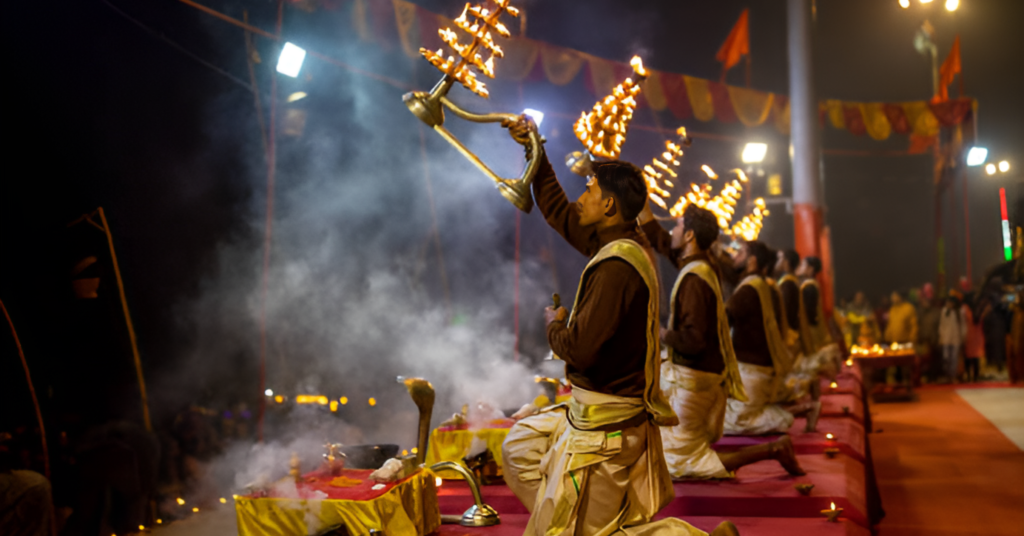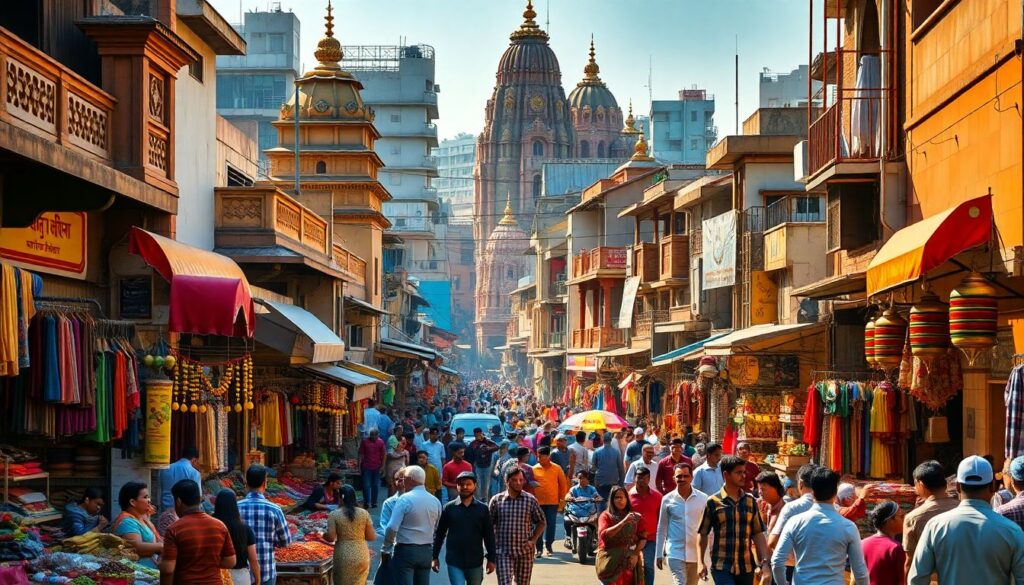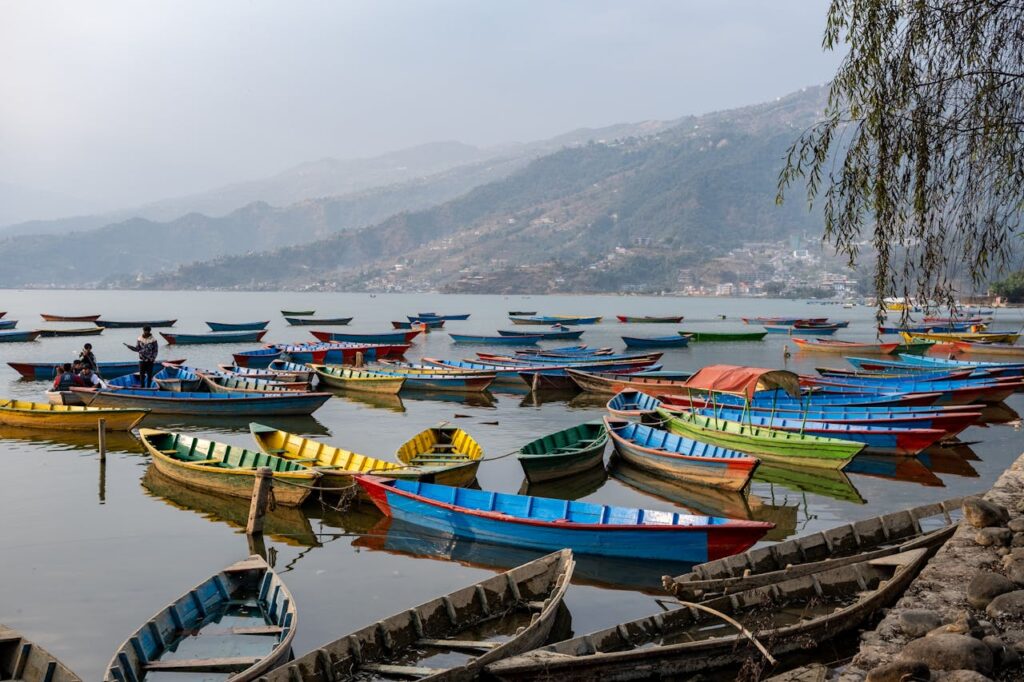Nestled along the sacred banks of the Ganges, Kashi, also known as Varanasi or Banaras, is a city that transcends time. Known as Shiva’s eternal abode, Kashi is not just a geographical location; it is a spiritual phenomenon, a luminous beacon that has drawn seekers, saints, poets, and pilgrims for centuries.
Kashi derives its name from the Sanskrit word “Kāśī,” which means “to shine.” The city is often referred to as the “City of Light” – a metaphorical and literal testament to its radiance. Whether it’s the glowing lamps of the Ganga Aarti, the rising sun reflecting off the holy river, or the inner awakening it inspires, Kashi embodies illumination in every sense of the word.
Mythical Origins and Eternal Significance
According to Hindu mythology, Kashi was founded by Lord Shiva himself. It is said that this city existed before time began and will endure even after the end of the world. Shiva, the cosmic destroyer and transformer, chose Kashi as his dwelling, blessing the land with unparalleled spiritual energy. This is why Kashi is often described as the city where the earthly realm meets the divine.
The Kashi Vishwanath Temple, dedicated to Lord Shiva, stands as a spiritual nucleus. Pilgrims believe that a visit to this sacred shrine brings liberation (“moksha”) from the cycle of life and death. Kashi’s ghats, especially the Manikarnika Ghat, are considered the most auspicious place for cremation, where the soul’s journey to ultimate freedom is believed to be expedited.
A Tower of Light
Kashi’s luminous nature is often associated with the metaphorical idea of light dispelling darkness – knowledge overcoming ignorance, and truth transcending illusion. The city is a “tower of light,” not in the physical sense of towering skyscrapers, but as an eternal pillar of wisdom and spirituality.
The Ganga Aarti, a daily ritual performed at the Dashashwamedh Ghat, encapsulates this spirit. As the sun sets, the ghat transforms into a cosmic stage where priests perform synchronized movements with lit lamps, accompanied by chants, drums, and bells. This ritual doesn’t just celebrate the river but the light within all beings. It’s a reminder that divinity exists in every spark of life.
A Spiritual Melting Pot
Kashi is not bound by religion alone. It has been a melting pot of ideas, philosophies, and cultures. The Buddha delivered his first sermon at Sarnath, just a few kilometers from Kashi, setting the wheel of Dharma in motion. Kabir, the mystical poet, and saint, called this city home, weaving together Hindu and Islamic spiritual traditions in his verses. Even today, Kashi remains a hub for seekers from diverse backgrounds, unified by the quest for truth.
A Modern Legacy with Ancient Roots
While Kashi stands rooted in its timeless traditions, it also embraces modernity. The Kashi Vishwanath Corridor project has rejuvenated the city, making its ancient temples more accessible while preserving their sanctity. The city’s bustling streets, vibrant bazaars, and thriving art scene coexist with its spiritual essence, creating a harmonious blend of the old and the new.
Conclusion: A Luminous Journey
Kashi is more than a destination; it’s an experience. It invites you to immerse yourself in its light – to shed ignorance, embrace wisdom, and awaken to a higher truth. Whether you walk along its ghats, lose yourself in its labyrinthine alleys, or meditate by the Ganges, Kashi touches your soul in ways words can scarcely describe.
In Kashi, the past, present, and future converge in a divine dance, illuminated by the eternal glow of Shiva’s grace. As a tower of light, Kashi stands tall, reminding us that even amidst the chaos of life, the path to inner illumination is always within reach.



